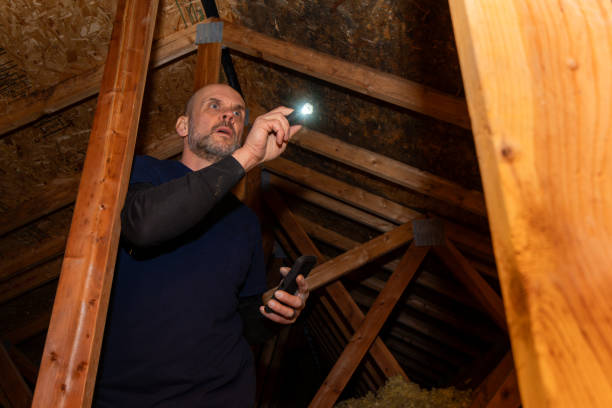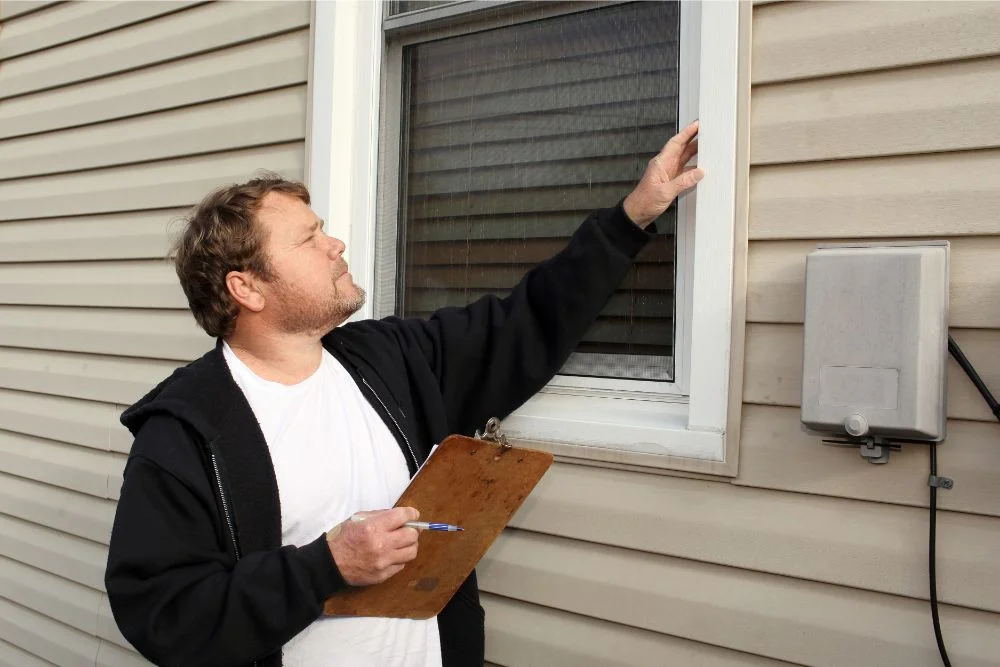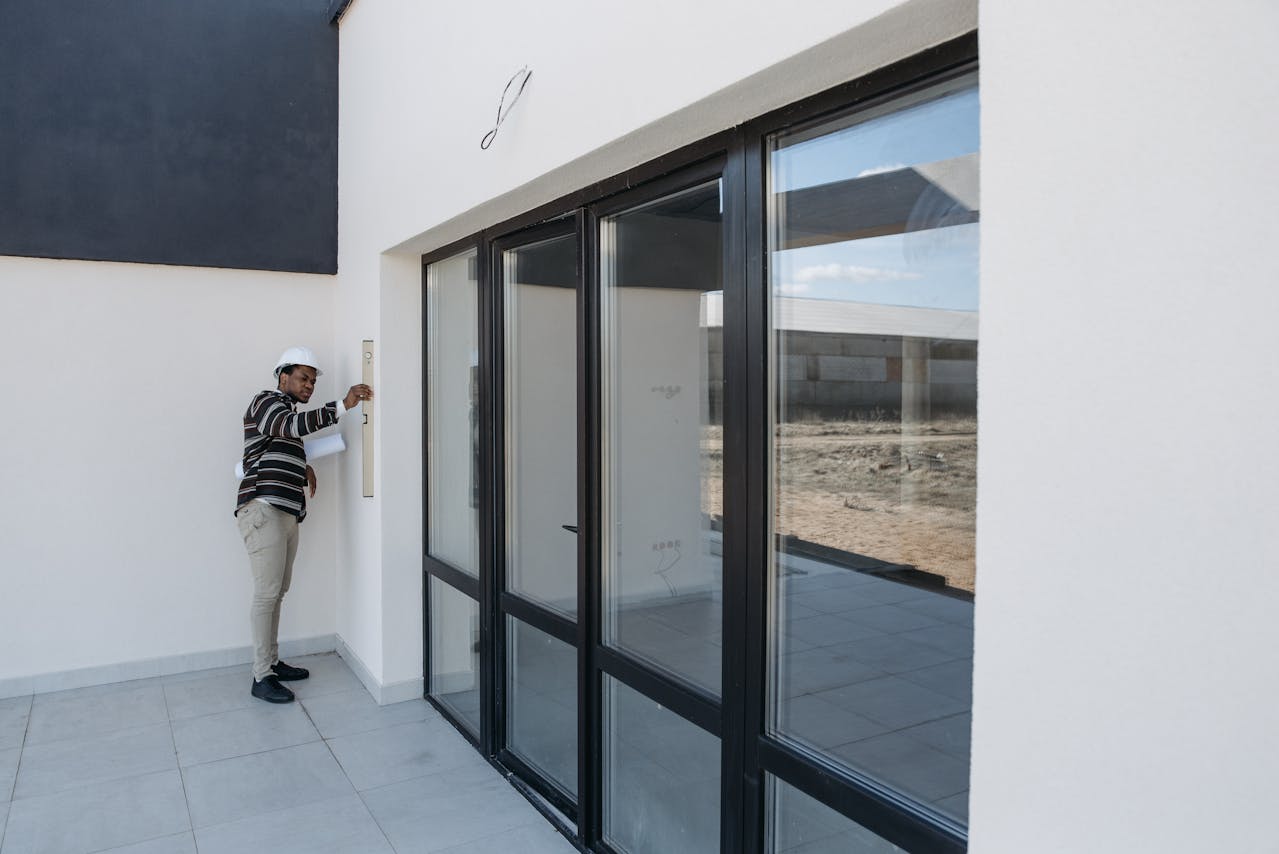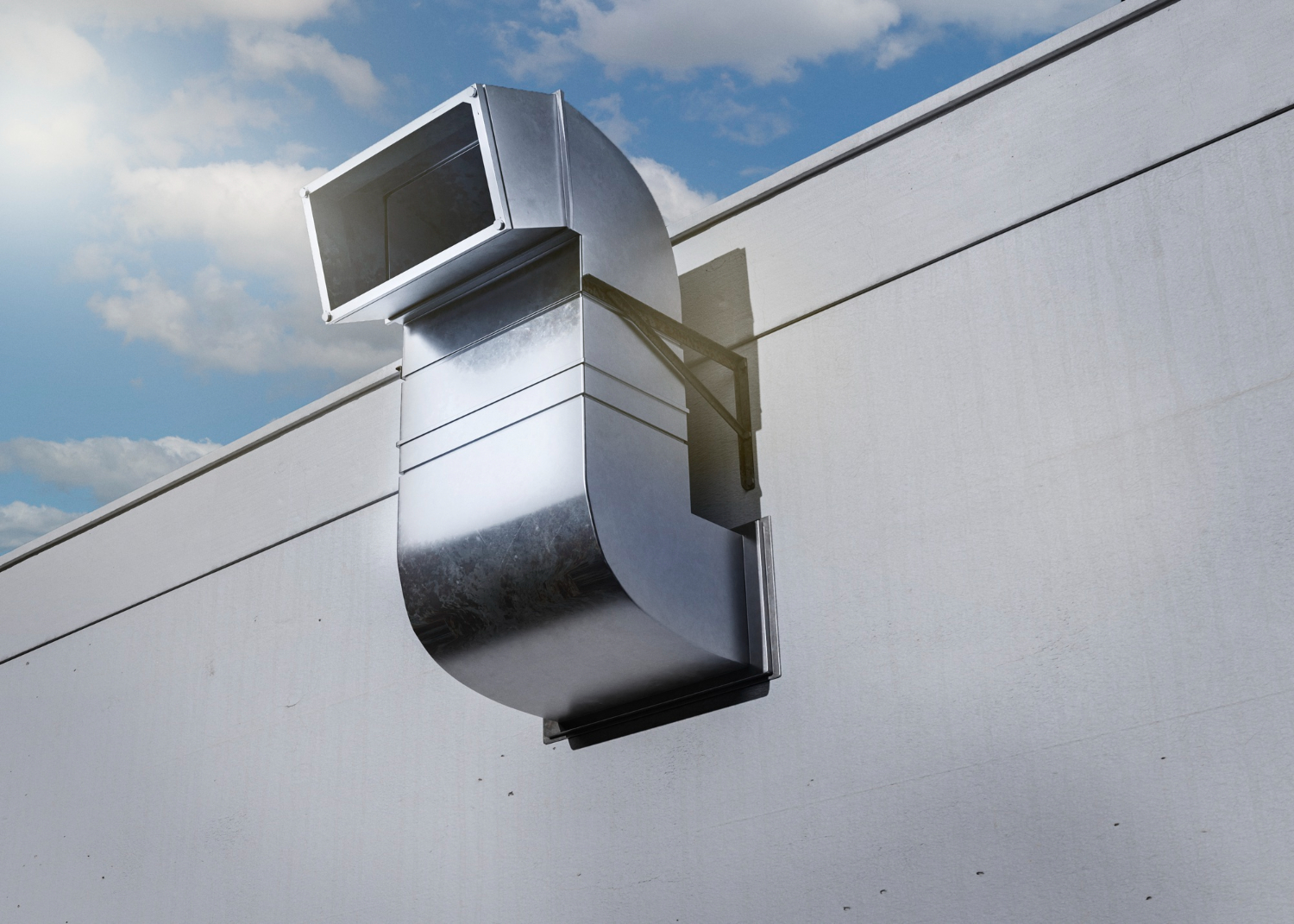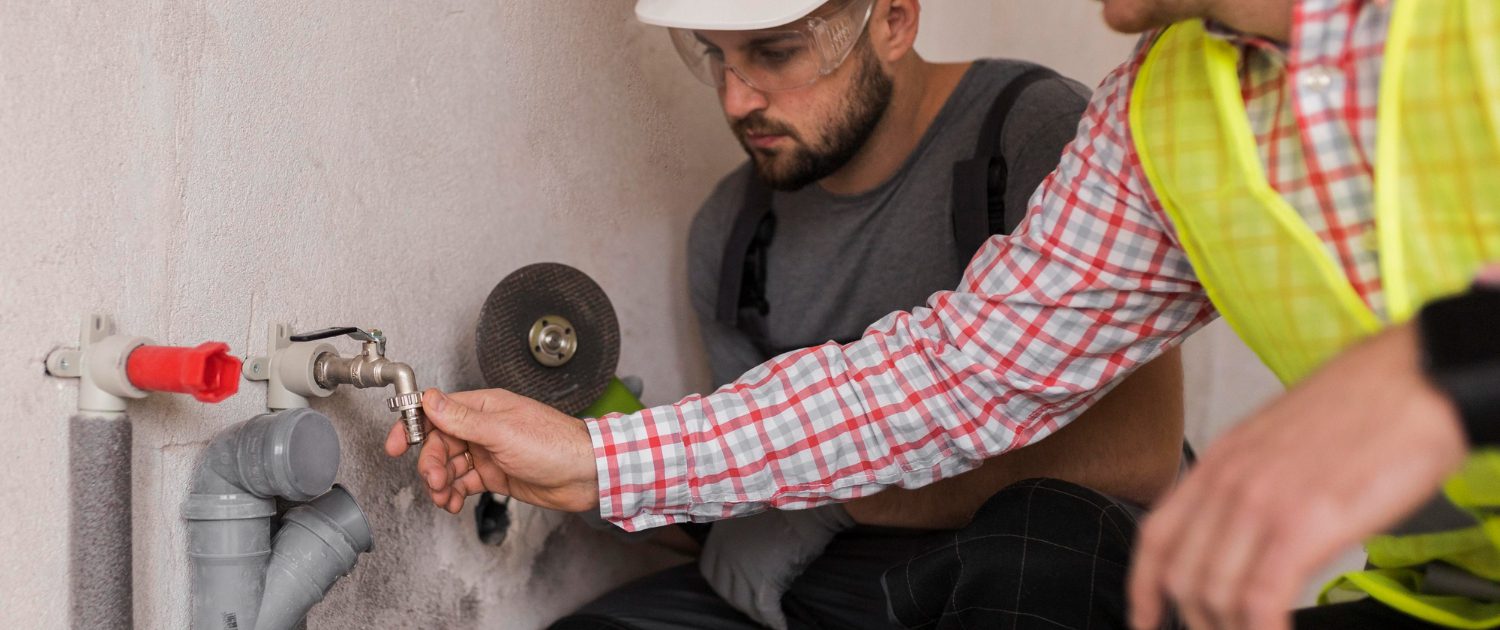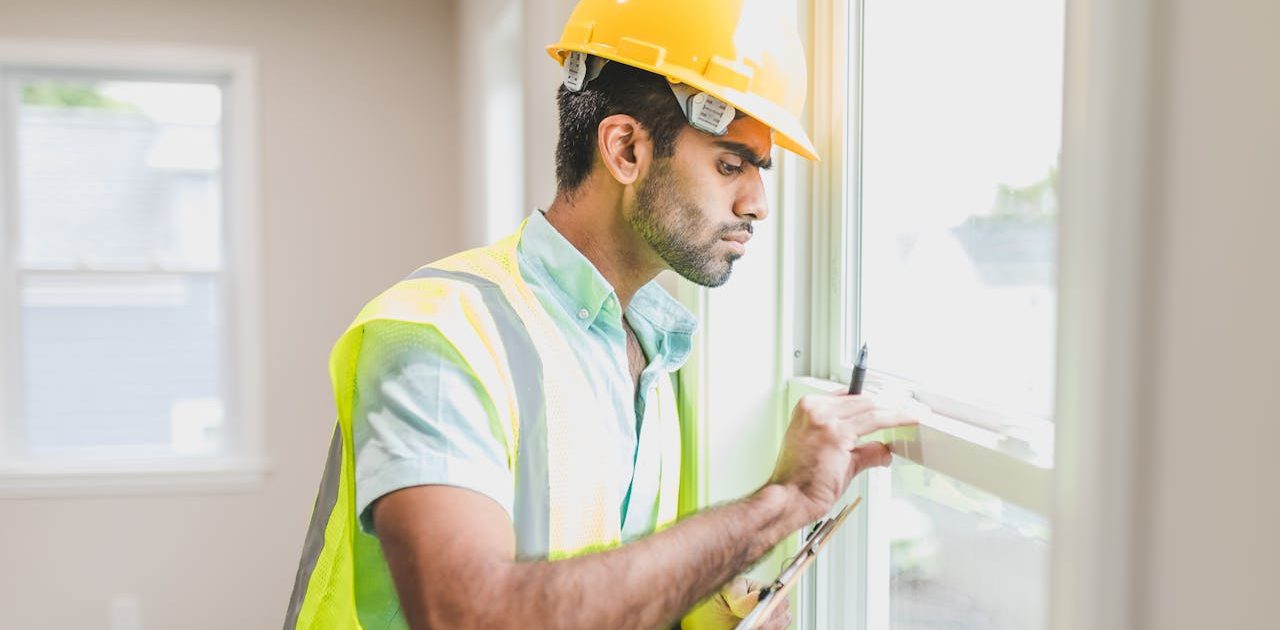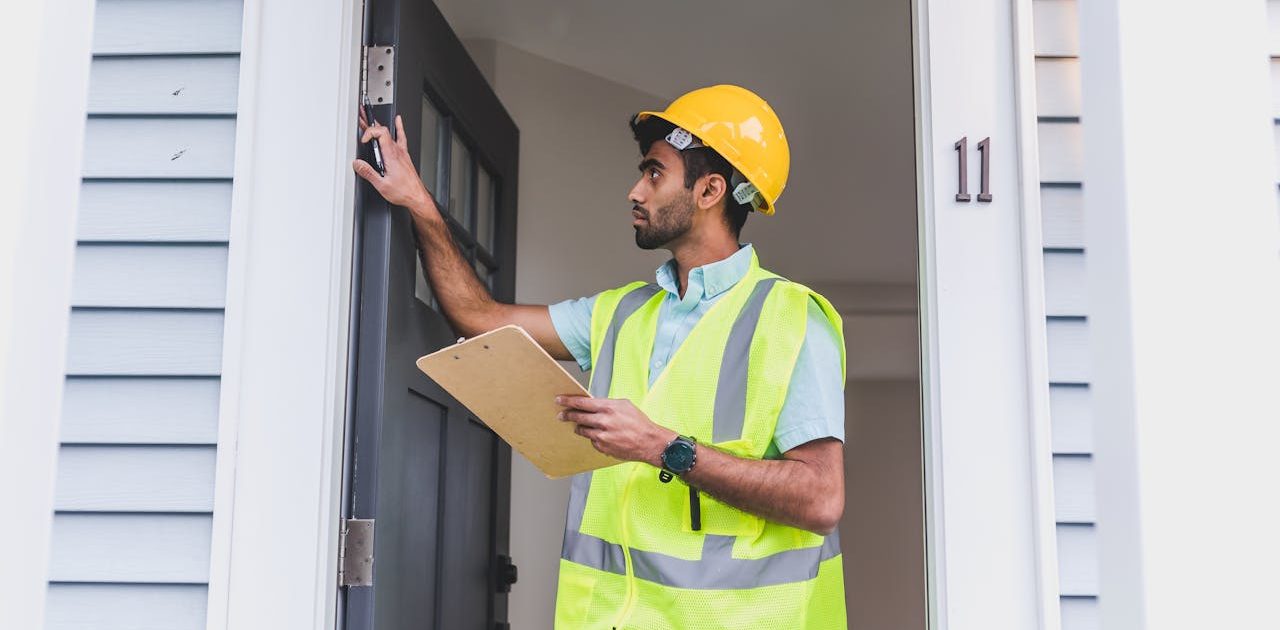How Electrical Inspections Ensure Safety and Prevent Hazards in Your Edmonton Home
An electrical system is one of the most essential yet overlooked parts of a home. Wires run behind walls, outlets are used daily, and appliances are expected to work without concern. But electrical issues are one of the leading causes of residential fires in Canada. That’s why regular electrical inspection are crucial, especially for homeowners in Edmonton and nearby areas like Red Deer.
Why Electrical Inspections Matter
An electrical inspection is a comprehensive evaluation of all visible electrical components within a home. This includes the service panel, circuit breakers, wiring, outlets, light fixtures, and grounding systems. The goal is to ensure that the system is operating safely, efficiently, and in compliance with national and local codes.
In Edmonton, homes have been built across several decades, ranging from post-war bungalows to contemporary smart homes. Each type brings different challenges. Older homes may have outdated or deteriorating wiring. Newer homes, though recently constructed, may still face installation flaws or circuit overloads. An electrical inspection in Edmonton helps uncover these issues before they pose serious safety risks.
Spotting Hazards Before They Become Emergencies
Many electrical problems start small. A single loose connection, a slightly frayed wire, or an overloaded outlet may go unnoticed for years. However, over time, these seemingly minor defects can escalate into significant issues, potentially sparking fires, damaging electronics, or causing electrical shock. Regular inspections are designed to catch these early signs of trouble.
During an electrical inspection in Edmonton, certified professionals test for problems like improper grounding, unlabelled panels, outdated aluminum wiring, and signs of overheating or corrosion. In many homes, especially older ones, previous repairs may not have followed proper safety protocols. An inspection reveals these risks and offers solutions for long-term safety.
Home Inspection Prices and What They Include
For most homeowners, understanding home inspection prices is the first step before scheduling a service. The cost of a general home inspection in Alberta typically ranges from $400 to $600, depending on the property’s size, location, and specific needs. This base price may or may not include a detailed electrical inspection.
When an electrical inspection is included, it typically covers the entire home electrical system and provides insights into both safety and functionality. However, if your home has special features like solar panels, a hot tub, or an electric vehicle charging system, the home inspection price may increase due to the added complexity.
In Edmonton, it’s common for inspection providers to offer bundled pricing where a standard home inspection includes the electrical check. It’s always advisable to ask upfront about what’s covered so you can avoid surprises and ensure all systems are properly evaluated.
Edmonton’s Unique Inspection Needs
The weather and infrastructure of Edmonton make electrical inspections more critical than in many other cities. Sub-zero winters mean homes depend heavily on electric heating systems, and stormy seasons can expose wiring issues. In addition, some older neighborhoods still have homes with electrical setups that were acceptable decades ago but are no longer considered safe.
An electrical inspection in Edmonton provides not just compliance checks but also peace of mind. Inspectors may determine that your current electrical panel cannot accommodate the loads of modern appliances. Or they may find outdated two-prong outlets that need to be upgraded. These insights can help homeowners make informed decisions about practical upgrades to prevent future hazards and enhance their property’s resale value.
Home Inspection Red Deer AB: Similar Principles, Different Context
In Red Deer, Alberta, the mix of rural and urban properties creates a different set of inspection dynamics. A home inspection in Red Deer, AB, generally includes all standard checks, such as the structure, roof, HVAC systems, and plumbing; however, the electrical system remains one of the most critical components.
Properties in Red Deer often include detached garages, older basement suites, and farm-style outbuildings. All of these require power and need to be part of a thorough inspection. A general inspector may include the basics, but a focused electrical inspection may be necessary when homes have additions or outbuildings with separate service panels.
Just like in Edmonton, home inspection prices in Red Deer can vary depending on the extent of the inspection required. If the electrical system is outdated or shows warning signs, a dedicated inspection could be recommended in addition to the general report.
Preventive Value of Regular Inspections
One of the most significant benefits of scheduling an electrical inspection is the prevention of potential hazards. Rather than waiting for signs of failure, homeowners can identify vulnerabilities and correct them before damage occurs. Inspections may reveal circuits operating at their limit, unprotected wires in attics or crawlspaces, or improper use of extension cords and adapters.
Homeowners who stay proactive often spend less in the long run. A minor fix, such as replacing a faulty breaker or updating a panel, may cost a few hundred dollars today, but can prevent thousands in repair costs later. In Edmonton, where many neighborhoods are transitioning to energy-efficient homes, early upgrades can also support new appliance installations and improved energy usage.
Inspection Frequency and Timing
Most experts recommend having your electrical system inspected at least once every five to ten years, depending on the age and usage of your home. However, there are specific situations where inspections should be prioritized.
If you’re buying a home, especially in older parts of Edmonton or Red Deer, it’s essential to request an inspection that includes an examination of the electrical system. When selling a property, showing a recent inspection report can improve buyer confidence. And if you’re planning renovations, adding new appliances, or installing a hot tub or electric vehicle (EV) charger, an inspection becomes mandatory to meet permit requirements.
Trusting the Process Without Skipping Steps
Whether you’re a new homeowner or have lived in your house for years, it’s essential to treat inspections as more than a formality. Safety, compliance, and insurance are all tied to the condition of your electrical system. By choosing to invest in an electrical inspection in Edmonton, you’re not just protecting your home but also ensuring that your family and property are secure.
Similarly, when comparing options for a home inspection in Red Deer, AB, be sure to include questions about the electrical components. A few extra minutes in the inspection process can make a big difference in long-term safety.
Understanding home inspection prices helps you budget smartly, but the value goes beyond the price tag. It’s an investment in peace of mind.
Final Thoughts
Electrical inspections serve as a shield against preventable risks. In cities like Edmonton and Red Deer, where homes vary widely in age and construction type, these inspections are not just advisable — they are essential. They help uncover hidden faults, reduce fire hazards, and ensure your electrical system can support your modern lifestyle safely and securely. As part of a broader safety strategy, including electrical checks in your general home inspection routine is a wise and responsible decision. Whether you are buying, selling, or simply maintaining your property, a small effort now can save you from significant future hazards.
